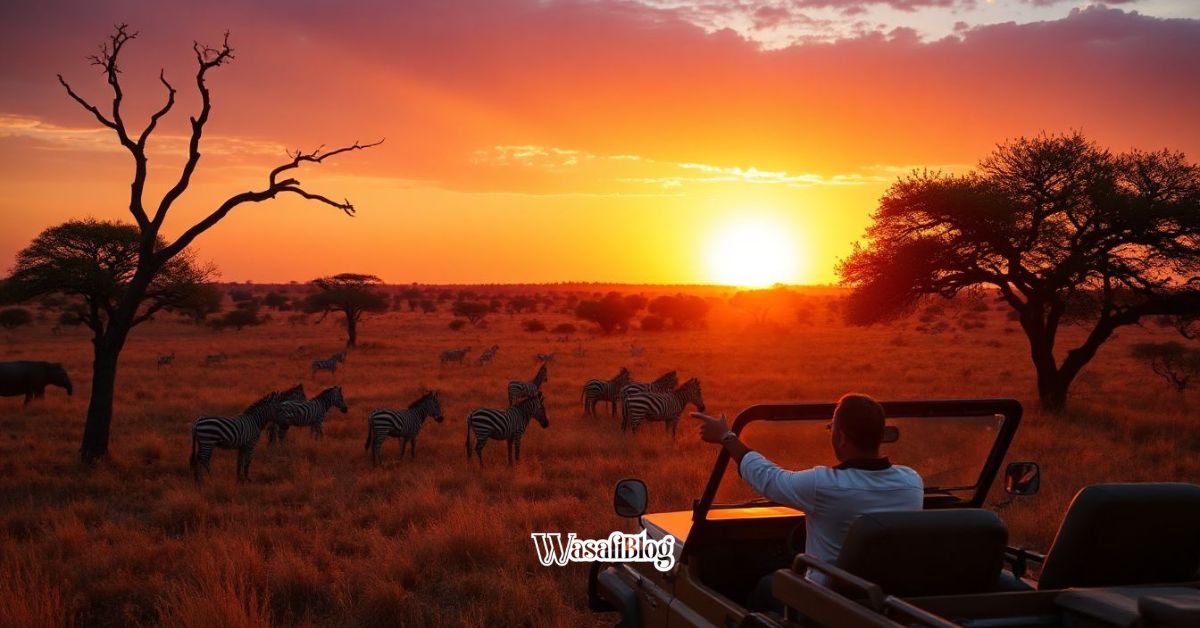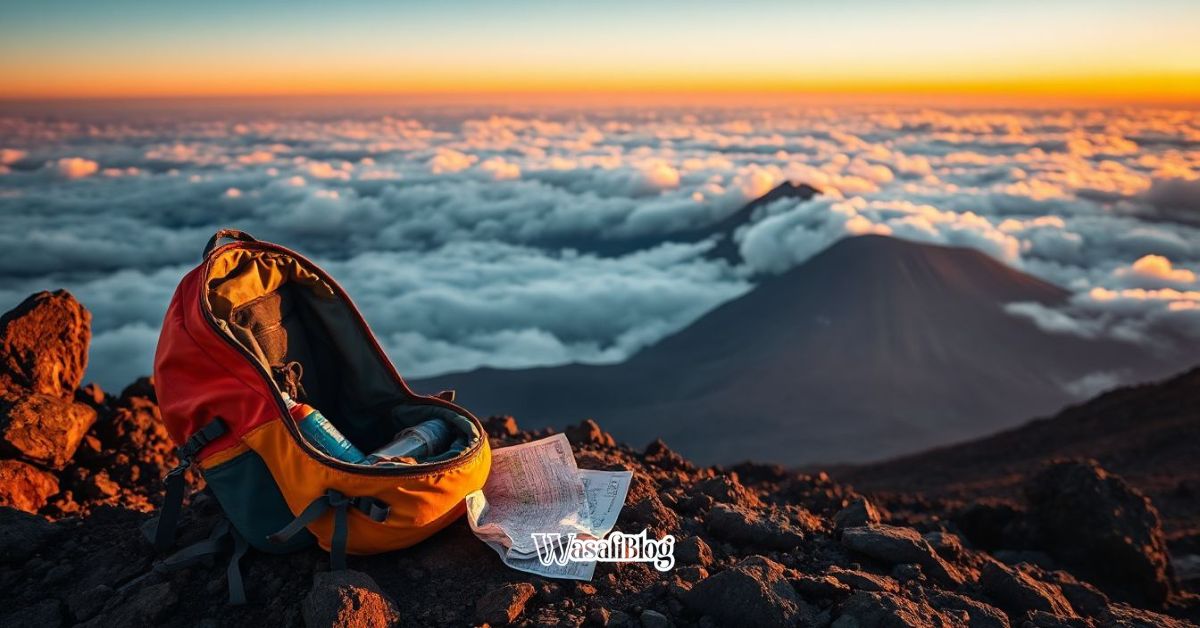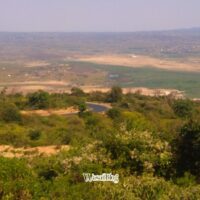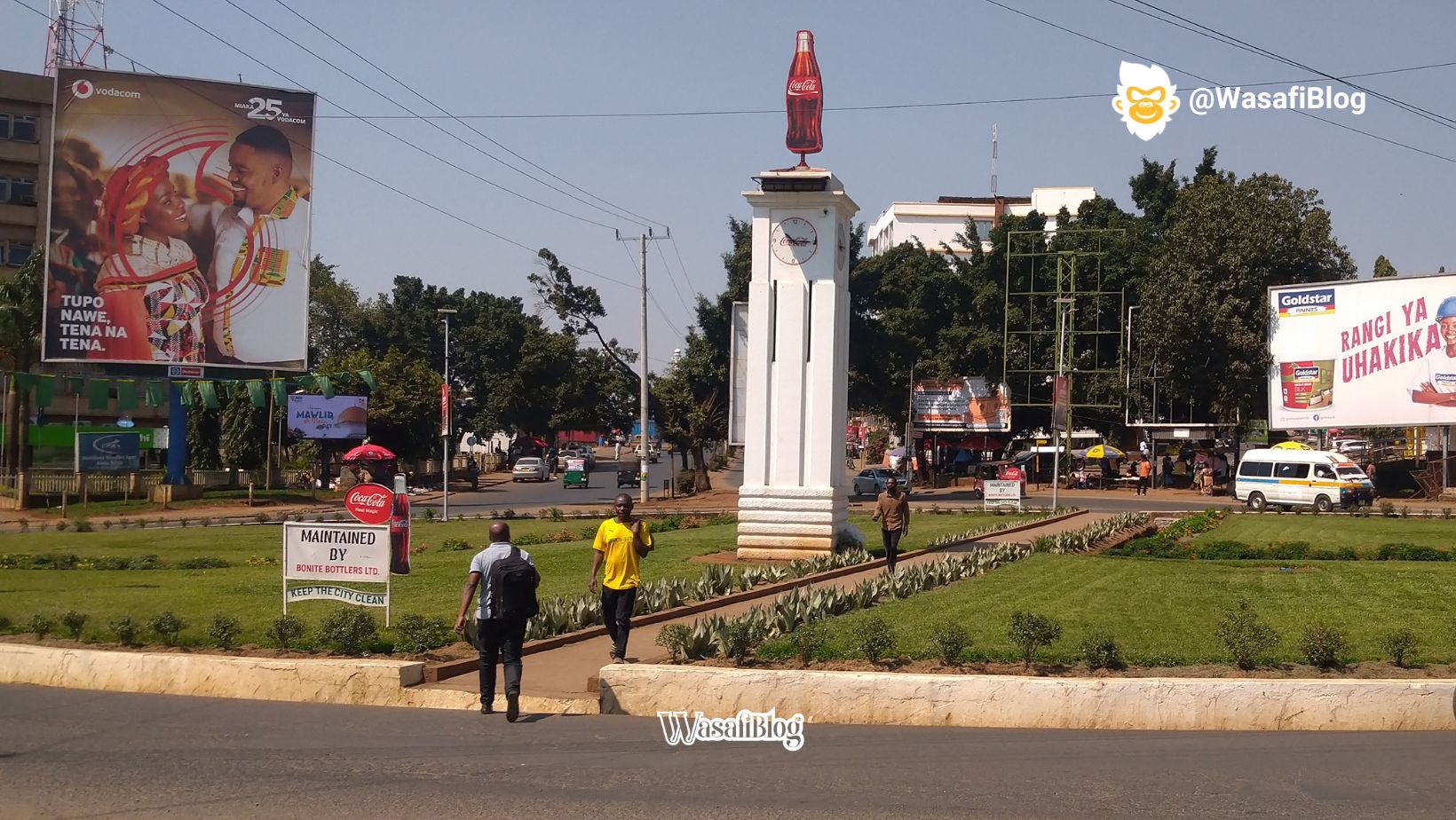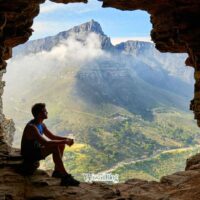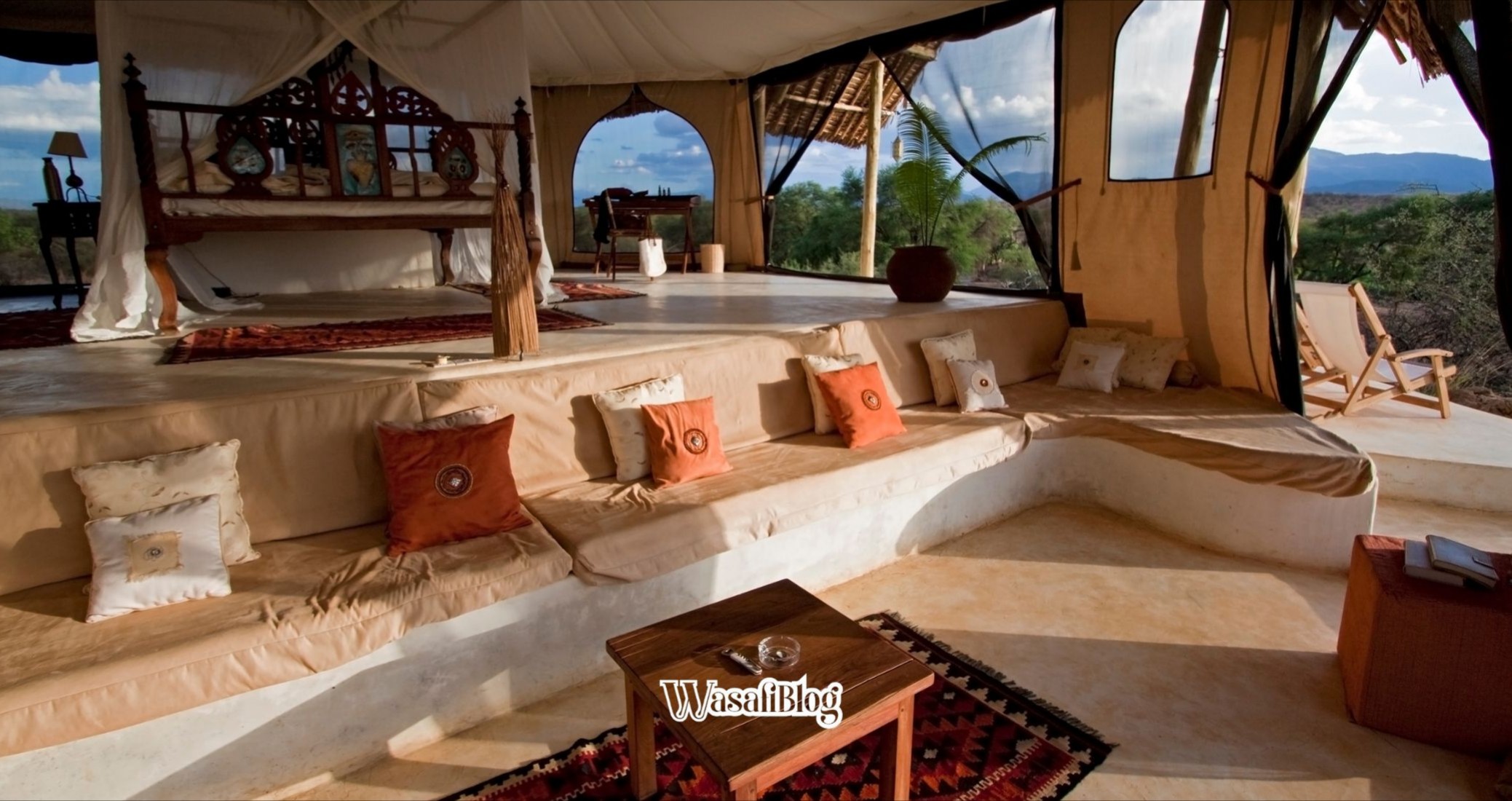I’ve been traveling East Africa long enough to know the standard Tanzanian itinerary by heart. You fly into Kilimanjaro, spend a night in Arusha (the unofficial safari capital), and head straight north to the Serengeti, Ngorongoro, or Tarangire. It’s a route guaranteed to deliver stunning wildlife photos worth mounting on a wall.
But sometimes, the most rewarding journeys are the ones that turn the map sideways.
Recently, I found myself in Arusha, feeling that familiar itch for the open road trip, but I wanted something different. I wanted to see the Tanzania that wasn’t optimized for game drives. My target? Dongobesh—a small, seemingly unremarkable town nestled south of the mighty Mount Hanang, a place most travelers have never heard of.
My preparation started exactly where any great Tanzanian day should: at the communal, slightly chaotic, totally wonderful Chai Ya Nazi café in Arusha.
Chai, Culture, and the Open Road Trip
The morning air in Arusha was cool, but the atmosphere inside the small café was buzzing. I was nursing a steaming cup of hot milk tea—the kind that warms your soul and coats your tongue with just the right amount of ginger and sweetness. It’s the essential fuel for an explorer, a local tradition wrapped up in a paper cup.
My mission for the day was ambitious: drive deep into the Tanzanian heartland, traversing the Great Rift Valley, and reaching the unassuming town of Dongobesh before nightfall.
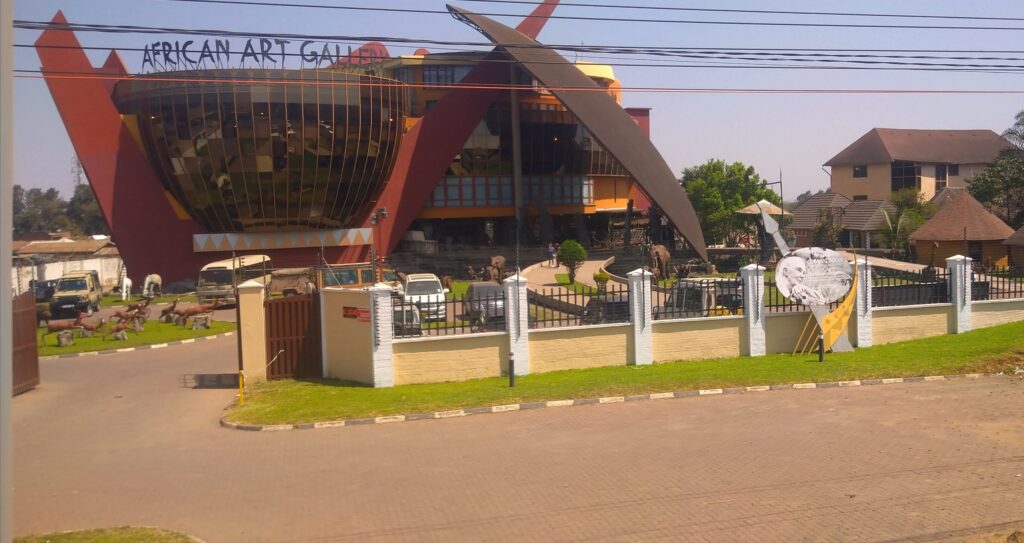
But before the real driving began, I allowed myself one last dose of Arusha’s vibrant urban energy. A quick detour took me to the African Art Gallery Museum. Stepping inside, away from the horns and the roadside vendors, felt like a necessary meditative pause. The carvings, the intricate paintings, and the rich history of the Makonde sculptors reminded me that every piece of land I was about to cover wasn’t just geography—it was history and culture, too. It’s important to carry that appreciation with you when you leave the city limits.
Leaving the Concrete behind
Finally packed, playlist loaded, and stomach full of sweet chai, we pointed the 4×4 south. The initial stretch was a blur of urban sprawl slowly giving way to semi-arid plains.
Our transition point, the true gateway out of the city’s orbit, was the Kisongo Airport. Seeing those small planes—the workhorses of the safari circuit—take off and land always gives me a sense of wanderlust. They head toward the endless Serengeti or the Ngorongoro Crater, but today, my path was strictly terrestrial.
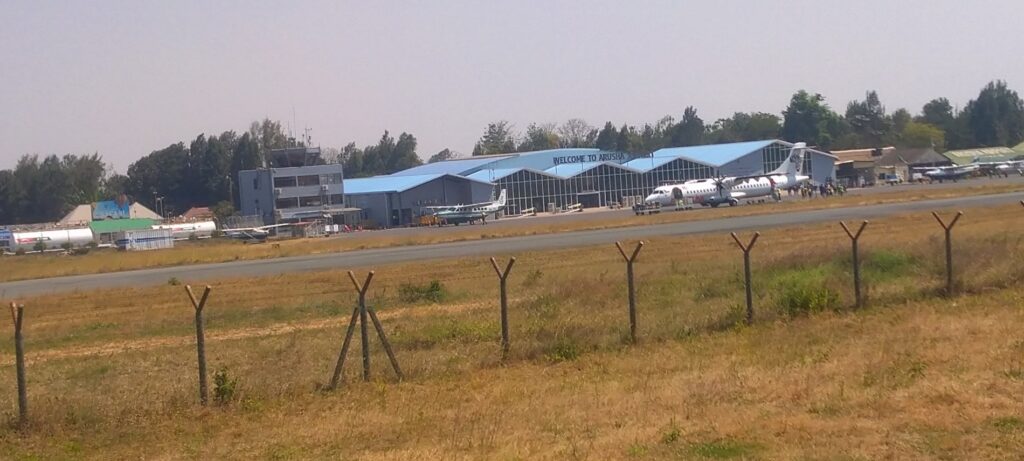
Once past Kisongo, the true road trip vibe kicked in. The paving ended, the windows went down (and then swiftly back up against the dust), and the world expanded. The landscape here is deceptively tame at first glance: long stretches of acacia bush, scattered Maasai bomas, and the occasional startled giraffe watching us pass. I realized I was leaving the green highlands and entering the dry, immense territory defined by geological might.
The driving became rhythmic—a constant dance between dodging potholes and waving at children walking home from school. As the miles accumulated, the temperature rose, and the air grew drier. It was a beautiful kind of exhaustion, the kind that comes from truly utilizing a map.
The Great Rift Valley: A Sentinel’s View
The backbone of this road trip from Arusha to Dongobesh is the Great Rift Valley. It’s impossible to ignore. As we drove further south through the Manyara region, the landscape began to tilt upward. The road shifted from flat plains to winding inclines, signaling that we were about to climb the mighty western escarpment.
This part of the trip is pure theater. The road became steeper, the corners sharper, and the views behind us started to look truly panoramic. My heart rate always ticks up here—not just from the altitude, but because I know what’s coming.
And then, we reached the vantage point.
We pulled over at a high clearing, the wind whipping dust around the car, carrying the scent of dry earth and distant cooking fires. I stepped out, took a deep breath, and felt utterly small.
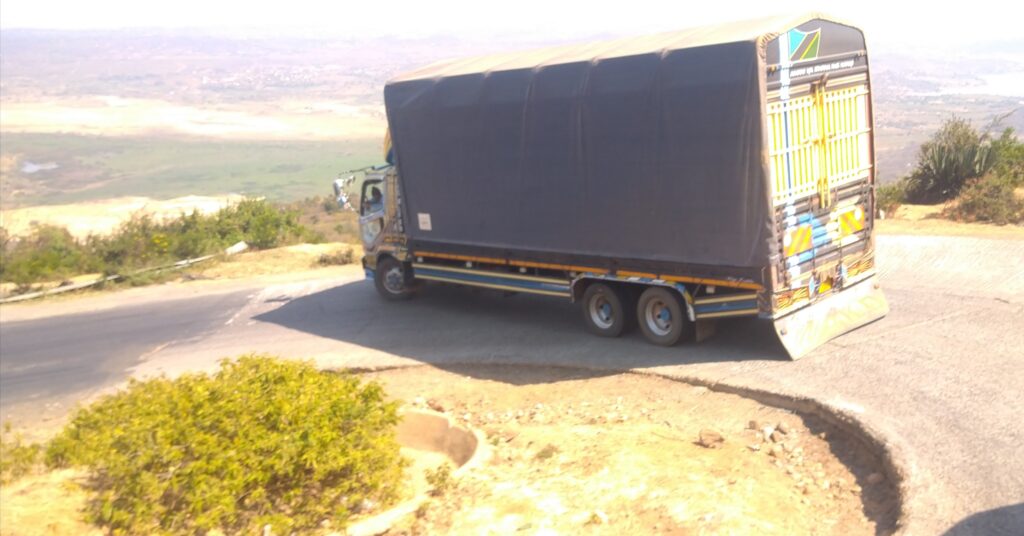
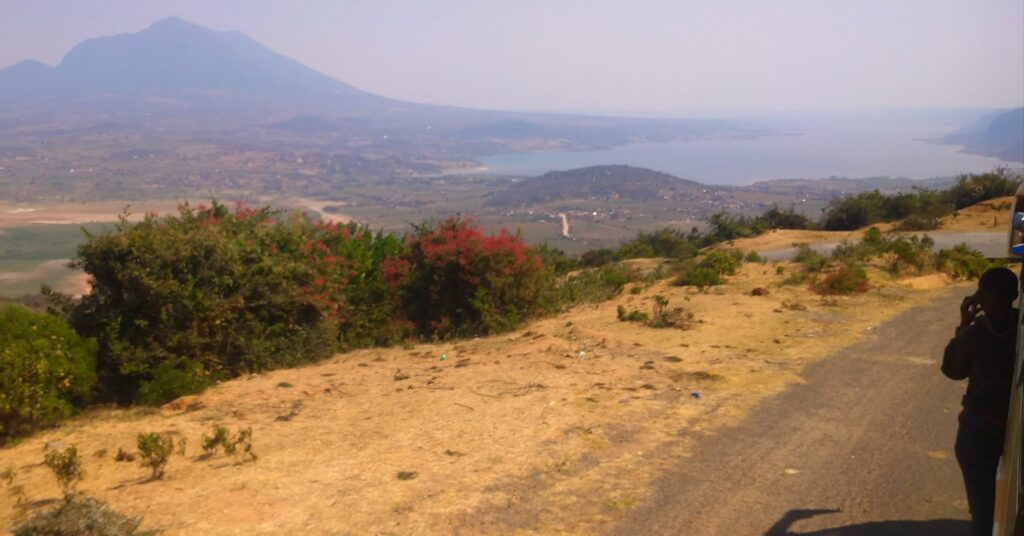
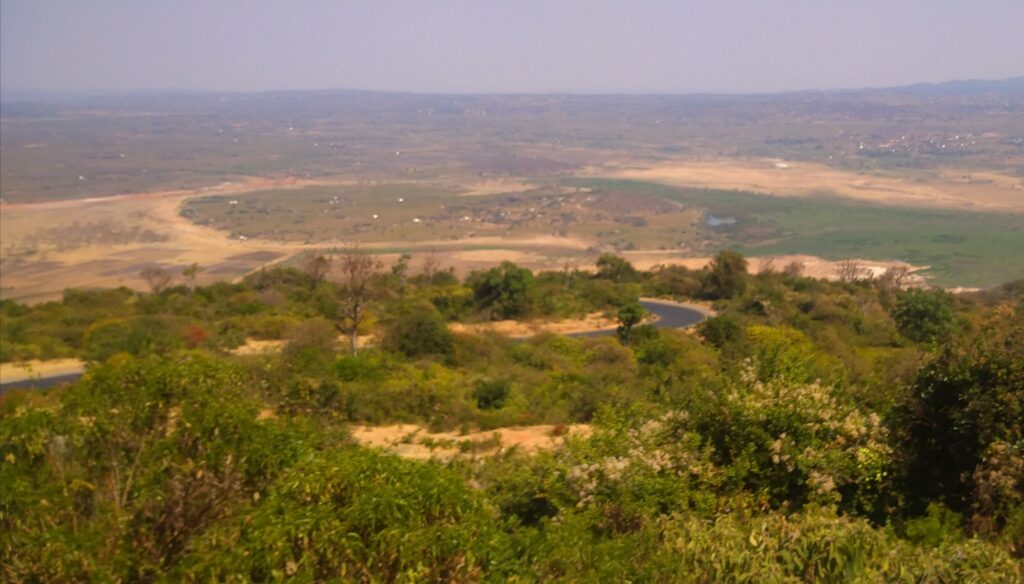
From this incredible height along the plateau edge in the Hanang region, the scale of Tanzania’s geology is laid bare. Below us, shimmering like a sheet of misplaced silk, was a large soda lake. Its water often appears pink or white due to mineral content and algae, contrasting violently with the surrounding khaki and green vegetation. It looked unreal, like a photographer had cranked the saturation up too high.
But commanding the entire eastern skyline was Mount Hanang.
Hanang is not as famous as Kilimanjaro, but it’s arguably just as imposing. A massive, dormant volcano, it stands alone—a solitary sentinel dominating the horizon. Its dark, brooding bulk provided a perfect visual anchor for the vastness of the plains stretching out beneath us.
The view was a stunning reminder of the sheer power of the tectonic forces that shaped this continent. I spent a good twenty minutes just watching the shadows lengthen across the valley floor, knowing that soon, we would descend into that golden light.
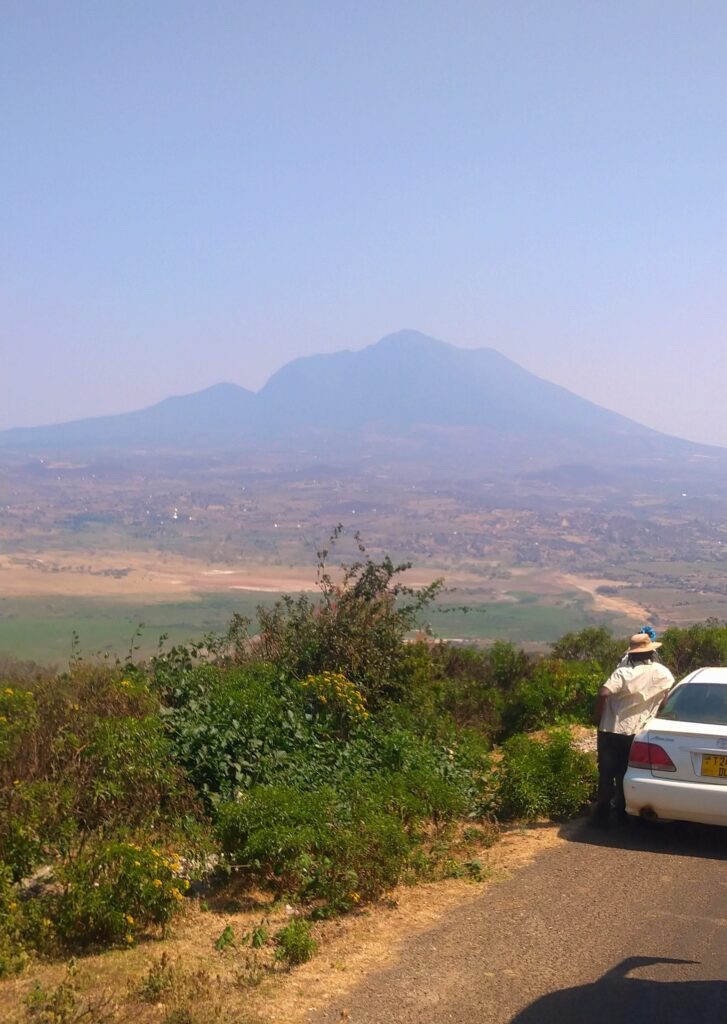
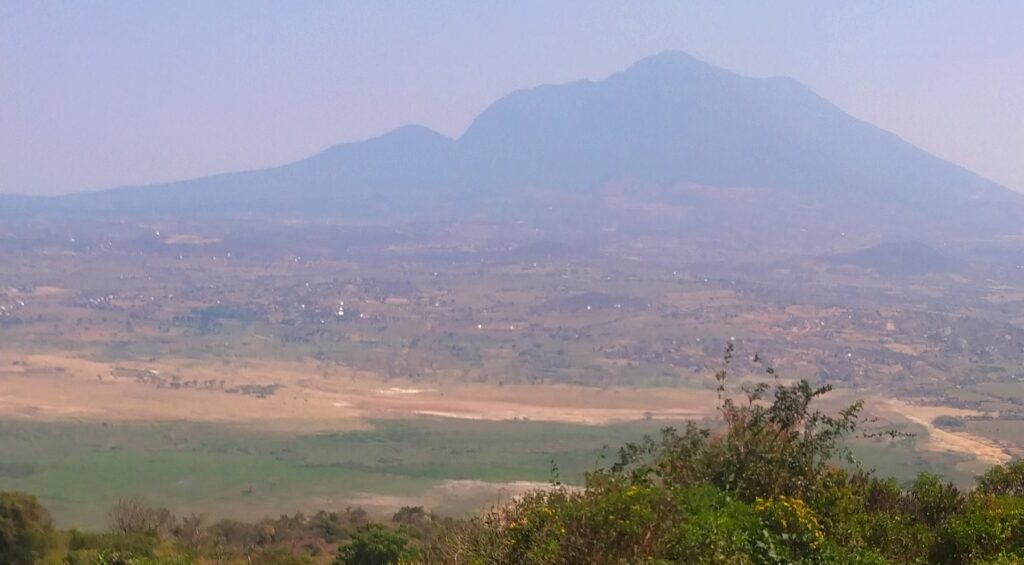
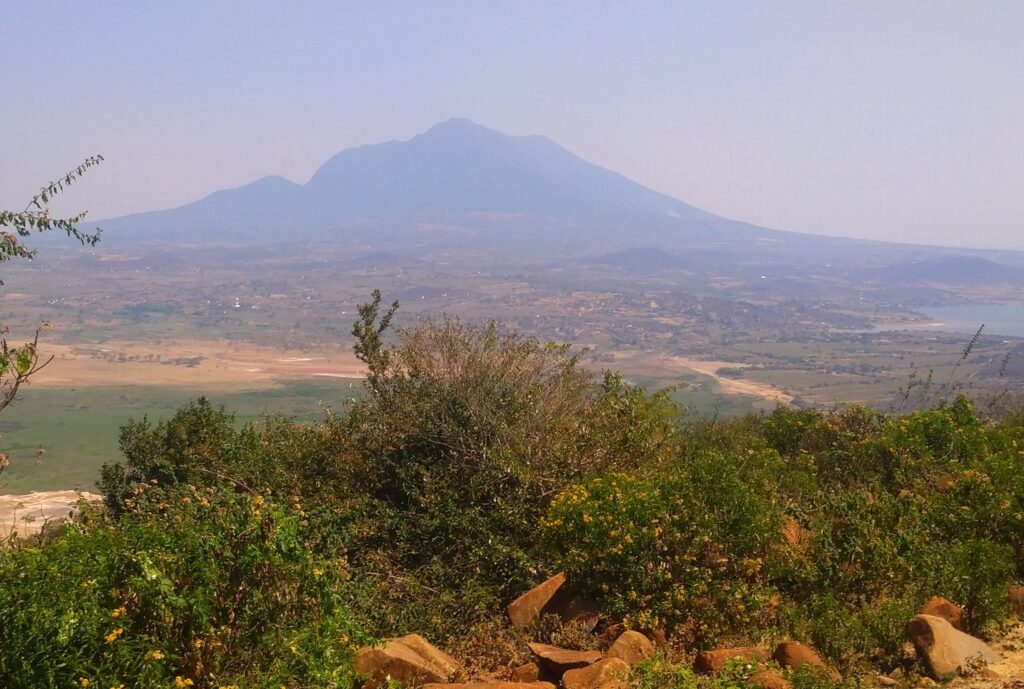
The Final Descent to Dongobesh
The last few hours of the drive were challenging but rewarding. After leaving the majesty of the escarpment and descending into the flat, lower terrain, the sun began its swift plunge toward the horizon.
The landscape changed again—more agriculture, more clustered villages built from local bricks, and the unmistakable sound of children playing football in the gathering dusk. Dongobesh is a district headquarters, known for its busy local market and its position as a gateway to even more remote regions.
We had been driving for nearly ten hours, and the dust had found its way into every conceivable crack and corner of my body and baggage. The feeling when you finally enter a roadside town at dusk after a long drive is one of profound relief and curiosity.
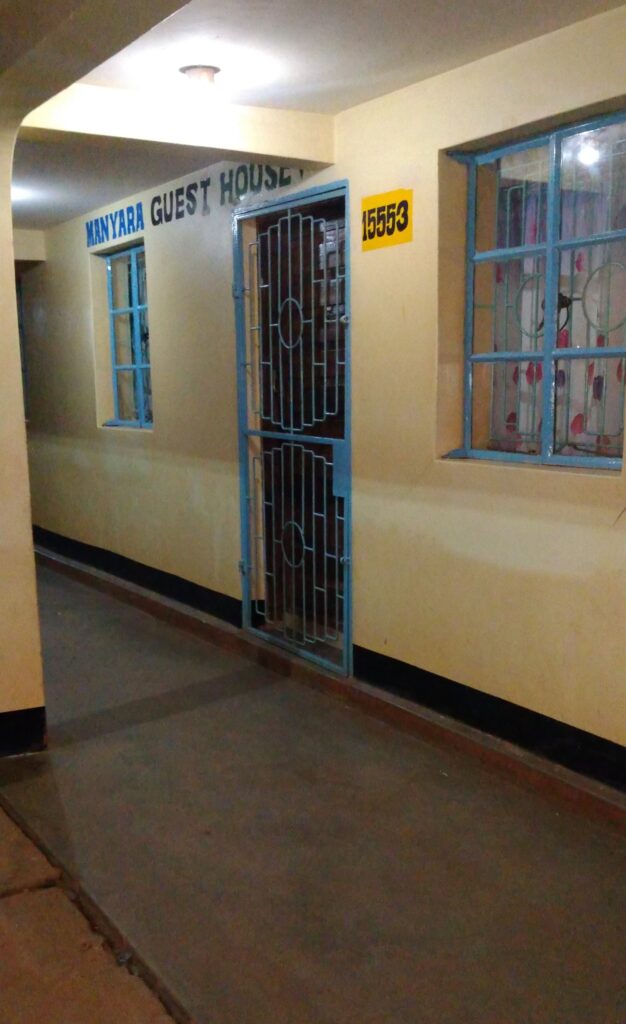
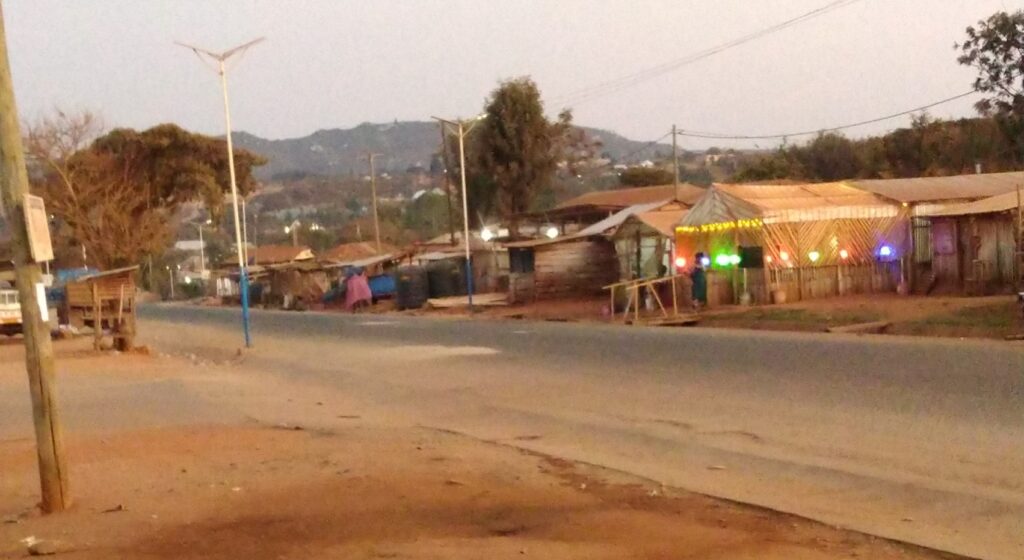
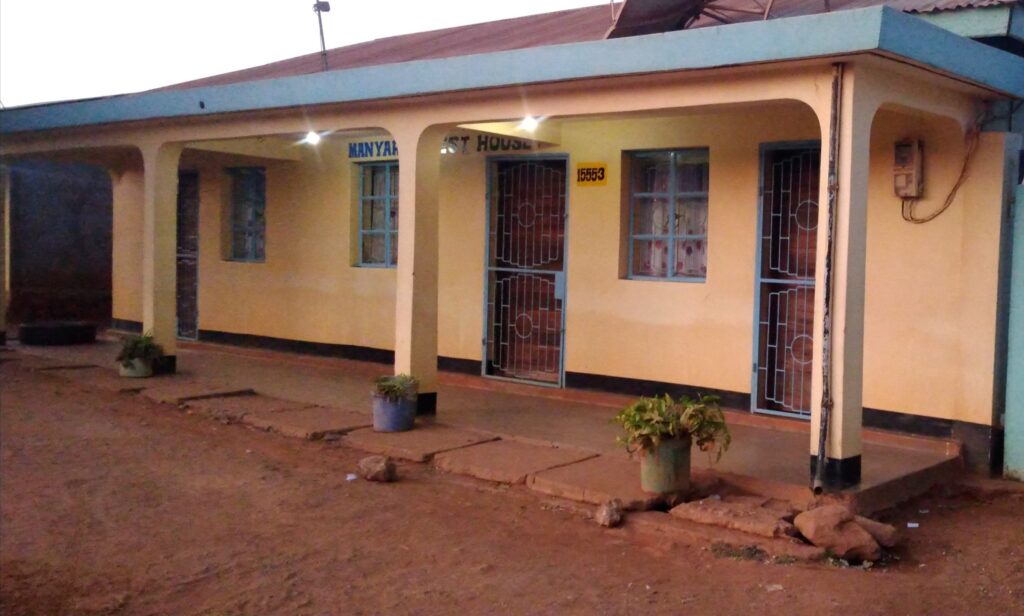
We navigated the quiet, tarmac main street until we found our destination: the Manyara Guest House.
It was exactly what I needed. Not a luxury lodge, but a clean, sturdy, and welcoming establishment. The walls were painted a reassuring heavy creamy color, and the caretaker greeted me with the kind of genuine warmth that only rural Tanzanian hospitality offers.
My room was simple—a firm bed, a mosquito net, and a blessed, low-pressure shower. I stood under the meager stream of water, washing off the thick red dirt that had defined my day, feeling the physical journey dissolve away.
Dinner was served in a small communal area: hearty ugali and roasted chicken stew with a spicy tomato sauce. It tasted incredible, amplified by the day’s exertion.
Lying in bed later that night, the silence of Dongobesh was absolute, broken only by the distant bleating of a goat. It was a world away from the bustling chai café of the morning.
I had traveled from the colonial charm of Arusha, through the cultural hubs, over the geological miracle of the Rift Valley, and right into the quiet, authentic heart of Tanzania. It was a journey of contrast, from the steaming cup of chai to the quiet solitude of the savanna’s night.
If you ever find yourself looking for a truly immersive African road trip, don’t just stick to the safari circuit. Take the plunge. Drive the descent. Dongobesh is waiting, and the view from Mount Hanang is worth every single bump in the road.
Have you ever taken a road trip that completely changed your perspective? Tell me about your favorite Tanzanian detours in the comments below!

